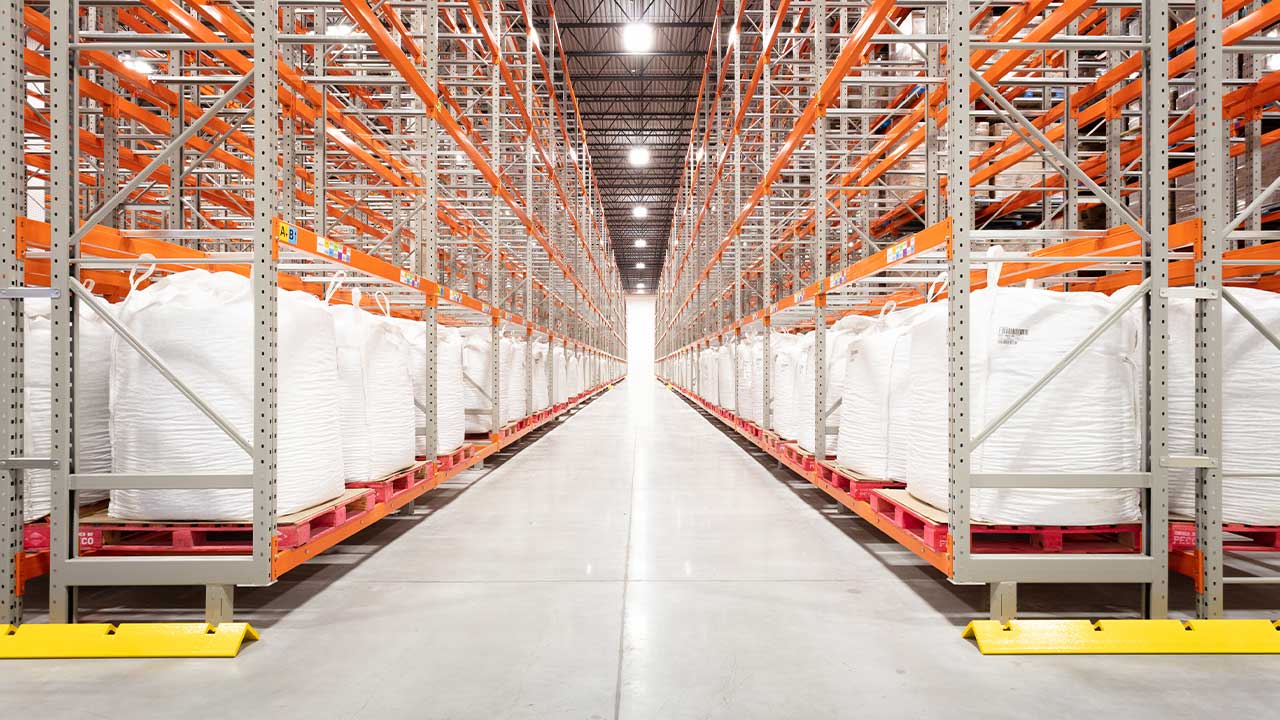safe storage and distribution of goods across the country. Among the various types of warehousing facilities available, temperature-controlled warehousing is a critical component, serving a diverse range of industries. This article explores the essential aspects of temperature-controlled warehousing, cold storage warehousing, refrigerated warehousing, climate-controlled warehousing, and frozen storage warehousing in the USA.
- Temperature-Controlled Warehousing
Temperature-controlled warehousing, also known as cold storage warehousing, is a specialized facility designed to store products at specific temperature ranges. These facilities are equipped with advanced refrigeration and climate control systems to maintain a constant temperature and humidity level. Temperature-controlled warehousing is crucial for preserving the quality and safety of a wide range of products, including food, pharmaceuticals, chemicals, and more.
Key Features:
– Precise temperature control: Maintaining the ideal temperature is essential for products with strict storage requirements.
– Humidity control: Many products, like fruits and vegetables, require specific humidity levels to prevent spoilage.
– Cross-docking: Efficient cross-docking operations help streamline the movement of goods from suppliers to distributors.
- Cold Storage Warehousing
Cold storage warehousing is a subcategory of temperature-controlled warehousing, primarily focused on preserving products at freezing temperatures. These facilities are essential for storing frozen foods, ice cream, and various temperature-sensitive goods that require extremely low temperatures.
Key Features:
– Sub-zero storage: Cold storage warehouses maintain temperatures well below freezing, often reaching as low as -20°F (-29°C).
– Blast freezing: Facilities offer blast freezing services, which rapidly freeze products to maintain their quality and freshness.
– Pallet racking systems: Optimized storage solutions are used to maximize space and ensure efficient inventory management.
- Refrigerated Warehousing
Refrigerated warehousing encompasses a broader temperature range than cold storage and is typically used for items that require a cool but not freezing environment. This category includes fresh produce, dairy products, and other temperature-sensitive goods.
Key Features:
– Temperature range: Refrigerated warehouses typically maintain temperatures between 34°F to 55°F (1°C to 13°C).
– First-in, first-out (FIFO) inventory management: This method ensures that products with shorter shelf lives are prioritized for distribution.
– Modern technology: Advanced refrigeration and monitoring systems are employed to maintain temperature accuracy.
- Climate-Controlled Warehousing
Climate-controlled warehousing goes beyond temperature control and focuses on regulating environmental conditions like humidity, air quality, and even light exposure. These facilities are crucial for industries such as pharmaceuticals, electronics, and fine art storage.
Key Features:
– Precise environmental control: Maintain stable humidity levels, air quality, and lighting conditions to protect sensitive goods.
– Security measures: Climate-controlled warehouses often have enhanced security systems to protect valuable and delicate items.
– Customized solutions: Tailored solutions are available for different industries to meet their specific climate control needs.
- Frozen Storage Warehousing
Frozen storage warehousing is a subset of temperature-controlled facilities that exclusively focus on the storage of frozen goods. These facilities are essential for preserving the integrity of products like frozen seafood, meat, and ready-to-eat meals.
Key Features:
– Ultra-low temperatures: Frozen storage warehouses maintain temperatures below 0°F (-18°C).
– Inventory management systems: Utilize advanced software to monitor and manage inventory effectively.
– Rapid order fulfillment: Modern technology allows for quick and accurate order picking to meet customer demands.
Conclusion
Temperature-controlled warehousing, including cold storage, refrigerated storage, climate-controlled storage, and frozen storage warehousing, is a vital part of the supply chain in the United States. These facilities ensure the safe storage of a wide range of temperature-sensitive products, from perishable foods to high-value pharmaceuticals and delicate artworks. Their role in maintaining product quality, safety, and distribution efficiency is indispensable in today’s globalized market. Whether you’re a producer, distributor, or consumer, temperature-controlled warehousing facilities play a crucial role in ensuring that products reach their destinations in optimal condition.


 Dave McGowan has been a member of the WEL Family since May 1989. He is a husband and father of two children. Dave is also a U.S. Army veteran and served in Vietnam in 1971-1972, and he attended driving school soon after he was released from the military in 1974.
Dave McGowan has been a member of the WEL Family since May 1989. He is a husband and father of two children. Dave is also a U.S. Army veteran and served in Vietnam in 1971-1972, and he attended driving school soon after he was released from the military in 1974. During his career with WEL, Phil has worked as a driver, dispatcher, terminal manager and customer service manager. He says he always was a driver first, though non-driving jobs taught him financial management that helps him as an owner-operator.
During his career with WEL, Phil has worked as a driver, dispatcher, terminal manager and customer service manager. He says he always was a driver first, though non-driving jobs taught him financial management that helps him as an owner-operator.